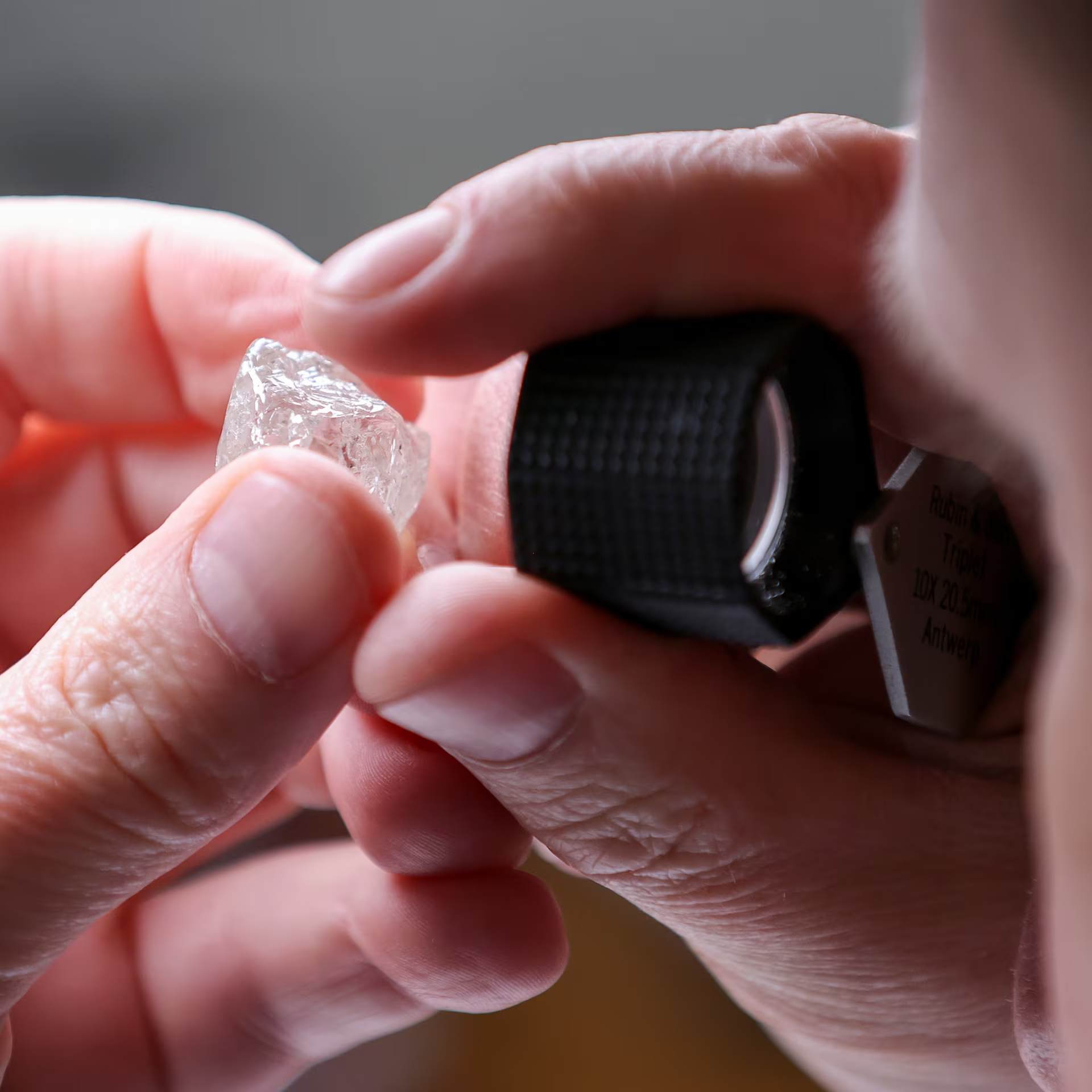Overview: Alrosa, the world’s largest diamond producer by volume, announced a 4.6% decline in its diamond production for 2024, totaling 33 million carats, compared to 34.6 million carats in 2023. This downturn reflects broader challenges in the global diamond industry, including weakening demand, price drops, and geopolitical pressures.
Key Factors Behind the Decline:
- Weak Global Demand:
- The diamond market is facing its second consecutive year of price declines, driven by reduced consumer spending and shifting preferences for luxury goods.
- Demand from key markets, including India and the U.S., has softened due to global economic uncertainties.
- Impact of Sanctions:
- Western sanctions imposed on Russian diamond exports by the G7 nations and the EU have significantly constrained Alrosa’s market access.
- Sanctions specifically target Russian-origin diamonds, limiting their trade and impacting Alrosa’s ability to sell in its traditional high-value markets.
- Operational Adjustments:
- Alrosa has focused on maintaining production in its highest-performing mines, reducing operations in less profitable areas.
- The company is also considering workforce reductions and mine suspensions in 2025 to align production levels with market conditions.
Geopolitical Pressures:
- Sanctions Escalation:
- Sanctions aim to restrict Russia’s economic revenues amid the ongoing Ukraine conflict, with diamonds being a significant export for the country.
- The G7 has proposed introducing digital tracing systems to identify Russian-origin diamonds, further complicating Alrosa’s access to Western markets.
- Government Intervention:
- The Russian government has stepped in to support Alrosa by purchasing a portion of its diamond output for state reserves.
- This measure mitigates the impact of reduced international sales, ensuring some stability in Alrosa’s operations.
Economic and Operational Impacts:
- Price Declines:
- The average price of rough diamonds fell significantly in 2024, compounding Alrosa’s revenue challenges.
- India’s diamond polishing industry, a major consumer of rough diamonds, has also reported reduced demand, affecting global trade volumes.
- Financial Contributions:
- Despite production challenges, Alrosa plans to increase its tax contributions to Yakutia, the Russian region where most of its mines are located. This move highlights the company’s commitment to local economic stability.
Strategic Adjustments:
- Production Focus:
- Alrosa is prioritizing high-grade deposits to maximize profitability amid declining market conditions.
- Mines with lower yields or higher operational costs are being evaluated for potential suspension.
- Future Outlook:
- To adapt to ongoing challenges, Alrosa is investing in technologies to improve efficiency and lower production costs.
- Long-term, the company aims to regain market access through diversification into non-Western markets, particularly China, the Middle East, and Southeast Asia.
Industry Context:
- Global Diamond Trends:
- The global diamond industry is undergoing significant shifts, with synthetic diamonds gaining market share as consumers explore more affordable and ethical alternatives.
- Alrosa and other major producers face mounting competition from lab-grown diamonds, which offer similar aesthetics at a fraction of the cost.
- Market Recovery Timeline:
- Analysts predict the diamond market may remain subdued into 2025, with recovery dependent on economic stabilization and easing geopolitical tensions.
Conclusion:
Alrosa’s 4.6% production decline in 2024 underscores the challenges of operating in a volatile market shaped by sanctions, falling demand, and geopolitical tensions. While government support and strategic adjustments provide some relief, the company’s future hinges on its ability to navigate sanctions, stabilize operations, and adapt to evolving global market dynamics.
This situation reflects broader industry struggles, highlighting the need for resilience and innovation as traditional mining companies contend with market pressures and a changing consumer landscape.





